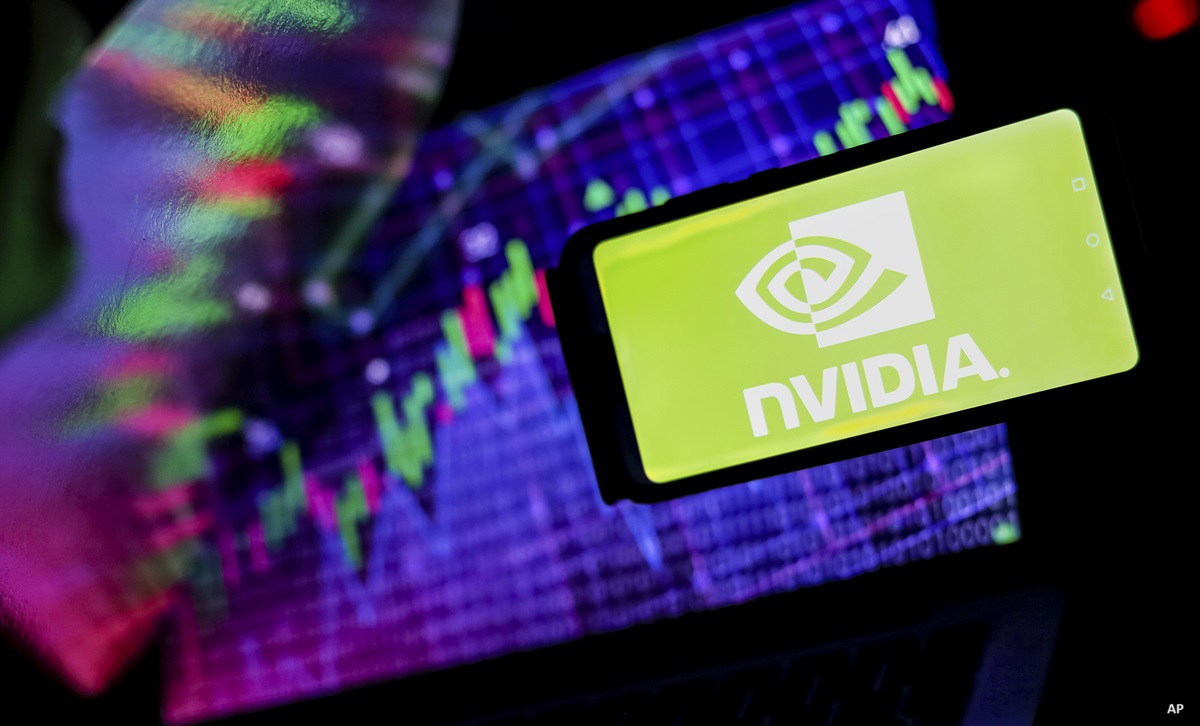Editor's note: This article is part of Morningstar's ETF week.
With some mutual-fund dealers already selling exchange-traded funds alongside their traditional mainstay of mutual funds, and others to follow as operational and other roadblocks are cleared, it's a good time to start thinking about how best to combine the two.
Certainly, the fast-growing ETF world offers a vast array of new choices at lower investment fees compared to mutual funds. There are the traditional broadly based passive ETFs that track market indices for dirt-cheap investment fees. There's also a host of new strategic beta ETFs that tilt holdings in favour of quantifiable factors such as value, volatility or size, or else use "fundamental" value-oriented weightings in place of market weightings. There are even some fully active ETFs that do everything active mutual-fund managers do but at generally lower cost.
"Active (mutual fund) managers have to up their game, and they have to deliver more for less," says Paul Kaplan, director of research at Morningstar Canada. When advisors with Mutual Fund Dealers Association (MFDA) firms were limited to selling mutual funds, it used to be enough for mutual funds to perform competitively with mutual-fund peers charging similar fees. But that's not going to cut it going forward. There's plenty of research to show that most active mutual funds lag the performance of their indices net of fees, which makes inexpensive, index-tracking passive ETFs a formidable competitor and logical benchmark in this new era. As ETFs become more widely available from MFDA advisors, expect more head-to-head competition between mutual funds and ETFs.
While some investors will convert wholesale to passive ETFs, expect a pragmatic mix-and-match approach to be more common. "Broadly speaking, there's room for all of these approaches," says Kaplan. "It's up to the advisor and investor to work through the alternatives, consider the advantages and disadvantages of each, then determine which way you want to go."
One sensible approach is to review each major asset category in your portfolio and use a broad passive ETF as the default option. If you find a strategic-beta ETF or active mutual fund that you think is better after considering the added cost, go for it. But if you aren't convinced the active option is better, stick with the cheaper passive ETF choice. "There is no scarcity of active management skill, but there is a limit to what active management is worth and that's where it gets trickier," says Dan Hallett, vice-president at HighView Financial Group, an Ontario investment-counselling firm which considers both active and passive options to try to find the best choices for client portfolios.
Finding outperforming mutual funds is liable to be harder in highly price-efficient asset classes that are heavily followed by analysts. These include large-cap stocks in the United States, Canada or internationally, as well as investment-grade bonds. However, there is more scope for an active mutual fund to add value in niches like small-cap stocks or high-yield debt, where individual ETF components are not as widely or closely followed by analysts. That can lead to a "core and satellite" approach where you use passive ETFs for at least some of the main asset categories, and active mutual funds for the niche areas.
Identifying active mutual funds that can be expected to outperform isn't easy. In doing that assessment, don't just look at historical performance. Analysts who assess mutual funds typically look at a variety of factors, often described (with many variations) as the five p's. Morningstar's version is based on assessing process, people (the quality of fund managers), parent (the quality of the over-all organization), price (fee levels) and performance. Morningstar analyst ratings of mutual funds can help. Funds rated as gold, silver or bronze (in descending order of confidence) are considered likely to outperform their peer group.
Consider replacing "index-hugging" mutual funds. "If the active manager is hugging an index, but charging a substantial fee, that's not good value," says Kaplan. Index-hugging was a viable strategy as long as choices were limited to other mutual funds, because index-huggers often perform around the middle of the pack compared to their mutual-fund peers. But when investors are also able to choose passive ETFs, the passive ETF is clearly superior because it tracks the index at much lower cost.
To identify index-huggers, look for mutual funds with a performance graph that moves pretty much in lock-step with the index, aside from the drag of fees. Also, non-index-hugging active managers generally concentrate their portfolios on limited holdings that they believe provide the best value, notes Hallett. He advises being skeptical of U.S. and international equity funds with more than 100 holdings, or Canadian equity funds with "much over" 40, although active funds running quantitative strategies can be an exception.
If you believe you've been able to find a good active manager, don't just use them for narrowly defined asset categories. Instead, you can use their valuation skills to better advantage if you pick them for a broad asset category within their span of expertise, Hallett advises. As an example, Hallett's firm has used one sub-advisor to manage both investment-grade and high-yield corporate bonds. Since the relative value of the two varies widely based on bond-market sentiment, that allows the fund manager to shift from a relatively large high-yield allocation when those bonds offer good value, to potentially a zero allocation when they're relatively expensive, says Hallett.
A hot area of ETF growth is in strategic-beta ETFs that combine an ETF structure with some active features. These ETFs typically follow a rules-based approach to selecting securities exhibiting certain quantitative factors based on accounting and market data. They generally have higher fees compared with broad passive ETFs. But their fees are substantially lower than fully active mutual funds, which not only apply quantitative analysis but also look at qualitative factors and apply expert judgment. But you need to choose carefully. While many strategic-beta ETFs like those based on value or low volatility have rationales that are well-supported by financial studies, "you look at some of the latest ones and some are real head-scratchers," says Kaplan.
If you are investing in active mutual funds or strategic-beta ETFs, look for approaches that have been proven sound over substantial periods while trying to avoid investing fads. While fads generally fade permanently at some point, even the most successful long-term strategies have their ups and downs, which requires you to stick with them. "If you look at any successful strategy over a long period, all have significant down periods," says Kaplan. "You have to have the ability to get through the hard times with it."
Historically, average investors have had to go with mutual funds if they wanted fully active fund management. But now even that is changing. Some of the new wave of ETFs go farther than "strategic beta" with a fully active approach that does everything mutual-fund managers do. For example, Hamilton Capital, a respected money manager focused globally on banks and other financial firms, has launched three fully active financial-company ETFs, all with management-expense ratios of 1.0%. That's at the lower end of the typical range of about 1.0% to 1.5% charged by F-class global equity funds (this class includes no embedded advisor fee because it is used by advisors who charge their fees to clients directly). It's also lower than D-class mutual funds sold to do-it-yourself investors (which typically cost more than F-class funds because of an embedded fee of about 0.25% which goes to the discount broker.)




















